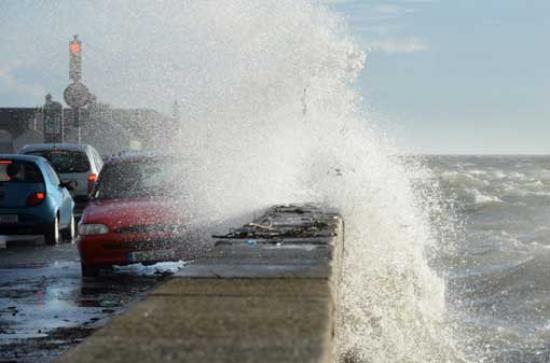
A study of climate data in the British-Irish Isles over a 142-year period by researchers at Maynooth University has confirmed the important role of cyclones in the regional hydroclimate.
Seasonal precipitation totals were observed to be strongly related to cyclone frequency, especially during summer. Indeed, the researchers found that relative to the 1961-1990 period, summers have become much wetter and more cyclonic. Dr Conor Murphy from the Department of Geography at Maynooth University said: “The move towards wetter summers in recent years is more a re-establishment of conditions typical of the earlier half of the 20th Century rather than being unusual in the long term context.”
Recent years have in fact seen three of the stormiest seasons on record. The summer of 2012 was the "stormiest" since at least 1871. Cyclone frequency and storminess are characterised by pronounced inter-annual and multi-decadal variability, which are strongly coupled to atmospheric blocking in the Euro-Atlantic region, but researchers detect no evidence of an increasing trend.
Because the British-Irish Isles are projected to experience enhanced storminess in a warmer climate, the research team—comprising academics from Maynooth University, Liverpool John Moores University and Loughborough University—emphasise the need for additional investigation into the processes driving cyclonicity in this part of the North Atlantic.
Dr Tom Matthews from Liverpool John Moores University, stated that, “Given concern over increased British-Irish Isles storminess as the climate warms, there is a need to understand the extent to which these changes may already be underway.”
Shaun Harrigan from the Department of Geography at Maynooth University added: “By providing a 142-year regional cyclone climatology, this study allows recent extreme seasonal storminess such as the summer of 2012 to be placed in context. Such a long term perspective is needed to explore low-frequency variability in the regional storm climate, and to diagnose and understand emerging changes.”
The full paper is published in the International Journal of Climatology and can be found here.
